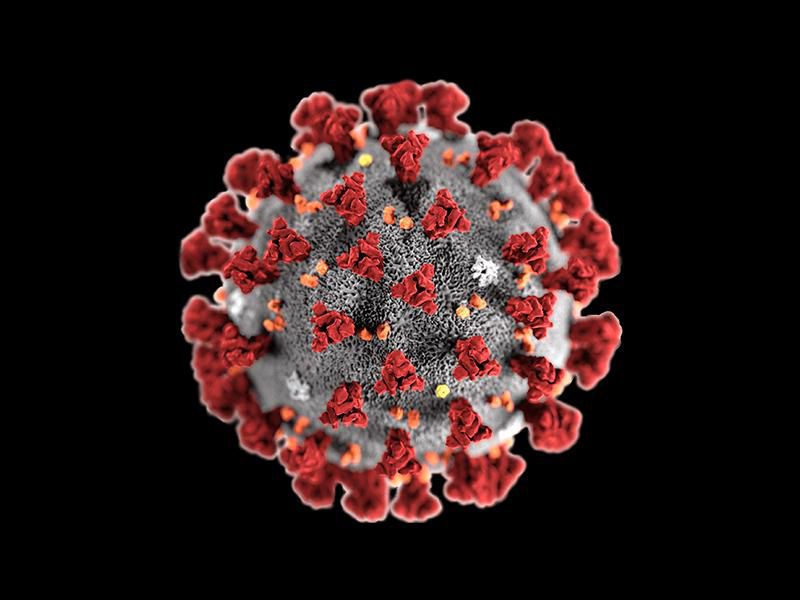
If you watched the news recently, you may have heard of a little infamous microbe that has infected over 5.50 million people worldwide and has caused just over 350,000 deaths as well. SARS-CoV-2, the coronavirus that is responsible for the COVID-19 pandemic, has rocked the world between the late 2019’s and the early 2020 months. As of now, many countries are showing signs of the infections slowing down, while other developed countries are still suffering.
When dealing with a pandemic, world leaders, health practitioners, epidemiologists, and even community members are all part of the response. FEMA recognizes the “Whole Community” approach in which each individual has a responsibility and role to play before, during, and after a disaster. This is no different. But the world leaders determine what type of strategy to use, and there citizens will either follow or become unruly. The USA, a great country, and the only remaining world superpower, has been severely impacted by COVID-19 due to piss-poor preparation which led to piss-poor planning and piss-poor performance. Other countries like Sweden chose a different strategy, and they have been doing a better job in preventing prolonged chains of infection and an economic recession. The two strategies displayed here are what I call “individual immunity” and “herd immunity”.
Individual immunity is the strategy that the USA and other countries have adopted. This strategy consists of social distancing (keeping oneself a good 6 feet from others to prevent the spread of the virus), the restriction of group sizes (no more than 4 or 5 people, sometime 10, to prevent rapid infection), the closures of non-essential businesses (again to prevent rapid spread of infection), the wearing of masks, gloves, and other PPE (mandatory in some places and voluntary in other places), and providing a near $2 trillion CARES act to stimulate a crippled economy due to millions of people filing for unemployment benefits. This type of strategy has created mistrust in the government, an economic recession, a political divide, further division of the communities, states, the churches, and international relationships, a $2 to $3 trillion dollar debt in which the taxpayers will eventually pay by losing welfare benefits and other perks that the lower income take granted for, and most of all, an uncertainty of when, if we will, recover from this recession. American will never be the same again and its people will continue to live in paranoia.
Herd immunity is a strategy that is quite the opposite. Instead of the precautions mentioned above, herd immunity involves intentional or unintentional spread of a highly-contagious virus to the widest audience in the shortest time. What this strategy does is infect the majority of the target population (about 90 to 95%) simultaneously or near simultaneously so that the majority can get infected, die or recover, and prevent a prolong spread to those who have not been infected. Here, the vulnerable populations will be protected. There will be deaths, but there also will be herd immunity and the virus will abruptly stop spreading. To ensure herd immunity, no restrictions will be imposed and the government will leave it up to the people to assume responsibility. Sweden has taken this route and they have avoided an economic recession to due “living life as normal”. Of course there are negative consequences to this and the most critical consequence is the over-burdening of hospitals and clinics. But as I said, some people will die and some will not, but the suffering will be over quick.
Now that you know about two types of strategies, I want to hear from you. Which would you choose if you were a government leader? What would you do different, if any, in preparation for the next pandemic? As always, should you have any questions or just seek knowledge or advice, seek the experts at Stay Alert Stay Alive, LLC
